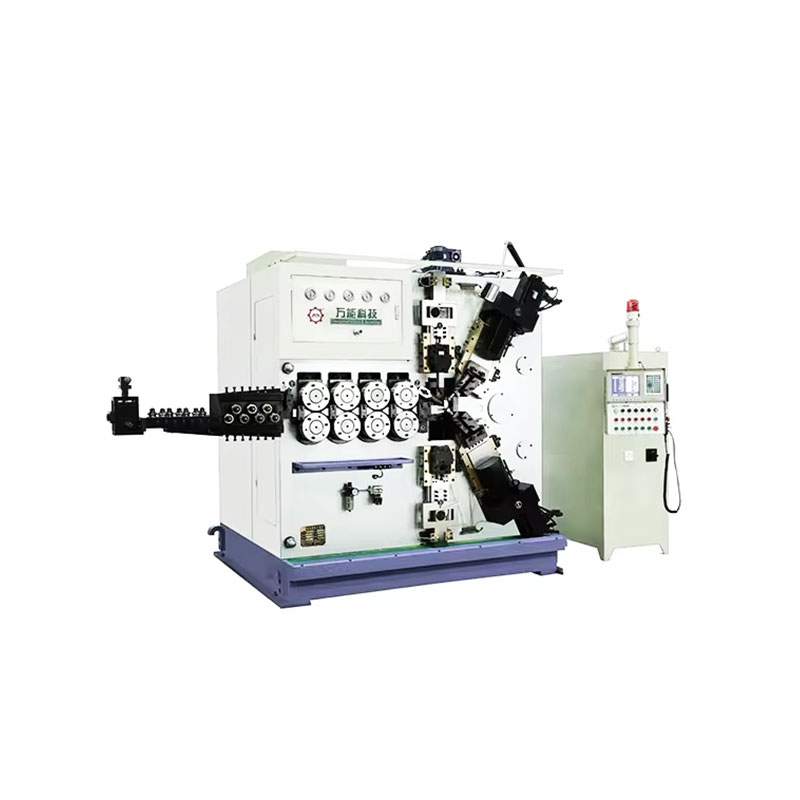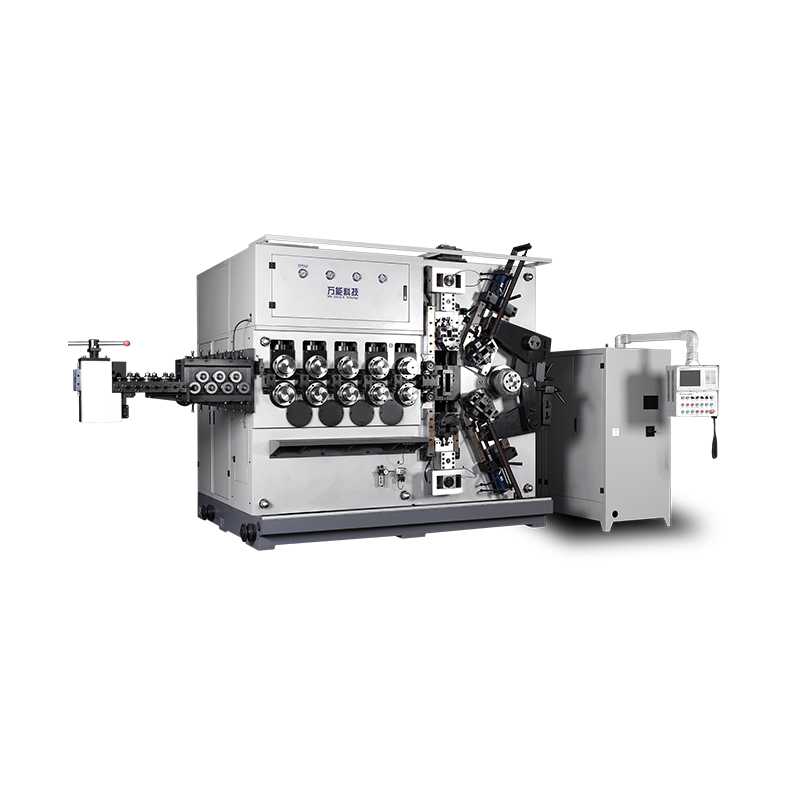The automatic control system of the Spring Temper Furnace is mainly based on programmable controller technology. PLC is an industrial automatic control device that integrates automatic control technology, computer technology and communication technology with a processor as the core. It has been widely used in the field of industrial automation for its high stability, strong reliability, sensitive control and high safety factor.
The automatic control system of the Spring Temper Furnace receives input signals from temperature sensors, limit switches and other input signals through PLC, and then controls the output devices according to the preset program logic to realize the functions of automatic adjustment of the furnace temperature and automatic entry and exit of the workpiece.
After the system is started, the PLC is first initialized to check the status of each input signal. When the workpiece is sent into the furnace through the conveyor belt, the limit switch triggers the signal. After receiving the signal, the PLC controls the motor to start and close the furnace door. The PLC monitors the furnace temperature in real time according to the temperature sensor and compares it with the preset temperature. If the actual temperature is lower than the preset temperature, the PLC will control the heating element to start and heat the furnace. When the furnace temperature reaches the preset value, the PLC controls the heating element to stop heating and maintains the stability of the furnace temperature by adjusting the cooling system or insulation measures. After the workpiece is kept warm in the furnace for a period of time, the PLC controls the motor to start according to the preset program, opens the furnace door, and the workpiece is sent out of the furnace through the conveyor belt. The system enters the next working cycle and waits for the next workpiece to enter.
PLC adopts modular design, and each module is relatively independent and does not affect each other. At the same time, PLC has strong anti-interference ability and can operate stably in harsh industrial environments. PLC has a rich programming language and instruction set. Users can flexibly write control programs according to actual needs to realize various complex control logics.
PLC hardware and software have good scalability. Users can add input/output modules or modify control programs as needed to adapt to changes in production needs. At the same time, PLC troubleshooting and maintenance are relatively simple and convenient. Modern PLCs usually have network communication capabilities, and can transmit and exchange data with host computers or other PLCs through the network to achieve remote monitoring and control.

TK-13200、 TK-7230 TK-13200、 TK-7230 12AXES CNC SPRING COILING MACHINE...
See Details
TK-13200、 TK-7230 TK-13200、 TK-7230 12AXES CNC SPRING COILING MACHINE...
See Details
TK12120 TK-12120 12AXES CNC SPRING COILING MACHINE...
See Details
TK-6160 TK-6160 CNC SPRING ROLLING MACHINE...
See Details
TK-6120 TK-6120 CNC SPRING ROLLING MACHINE...
See Details
TK-5200 TK-5200 5AXES CNC SPRING COILING MACHINE...
See Details
TK-5160 TK-5160 5AXES CNC SPRING COILING MACHINE...
See Details
TK-5120 TK-5120 5AXES CNC SPRING COILING MACHINE...
See Details